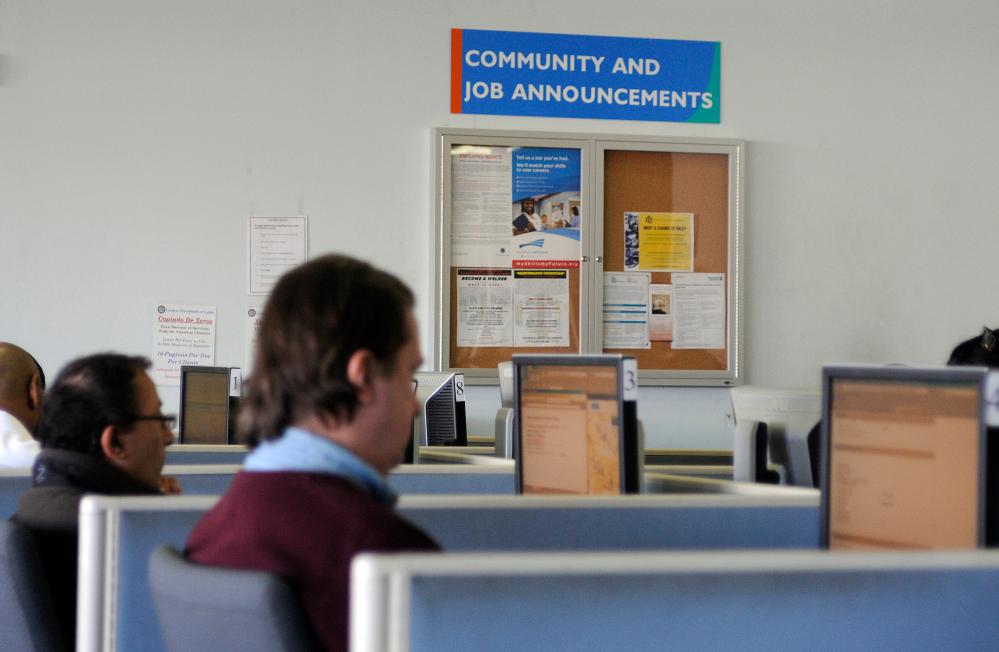


The Brookings Papers on Economic Activity (BPEA) is an academic journal published by the Brookings Press twice a year. Each edition of the journal includes five or six new papers on macroeconomic topics currently impacting public policy.
Below you’ll find five new papers as well as a symposium on tax policy reform submitted to the Fall 2017 journal and presented at Brookings on September 7-8. The papers include a riveting look at the intersection of America’s opioid epidemic and the declining labor force participation rate, a timely examination of the link between the global financial crisis and the rise in support of anti-establishment or populist candidates on both ends of the political spectrum, and much more.
Order the published version of the journal here. Sign up here to learn more about subscribing to the journal to read the final papers. Visit the BPEA search page or the Best of BPEA to browse research presented at past conferences from 1970 to present.
The increase in opioid prescriptions from 1999 to 2015 could account for about 20 percent of the observed decline in men’s labor force participation (LFP) during that same period.
In “Where have all the workers gone? An inquiry into the decline of the U.S. labor force participation rate,” Princeton University’s Alan Krueger examines the labor force implications of the opioid epidemic on a local and national level.

Alan B. Krueger
September 7, 2017
Bank capital requirements shouldn’t be lowered, but post-crisis rules should be simplified to ensure all banks are subjected to a single constraint dictating minimum requirements, according to a new financial regulatory framework outlined in “Strengthening and Streamlining Bank Capital Regulation” (PDF) by Harvard’s Robin Greenwood, Samuel G. Hanson, Jeremy C. Stein, and Adi Sunderam. Stein was a member of the Board of Governors of the Federal Reserve System from May 2012 to May 2014.
The Treasury Department in June 2017 released the first in a series of expected reports aimed at evaluating the effects of Dodd-Frank and the post-financial crisis regulatory regime. Treasury’s report included proposals that would effectively relax capital requirements for the largest, most complex financial institutions. The new framework proposed by the authors assesses those regulations most directly tied to bank capital, including the Basel III capital requirements and the leverage ratio, as well as the Federal Reserve’s stress-testing process.

Robin Greenwood, Samuel G. Hanson, Jeremy C. Stein, Adi Sunderam
September 7, 2017
Economic insecurity resulting from the Great Recession—as opposed to anti-immigrant or xenophobic attitudes—is an important driver of populism and voting for anti-establishment political parties throughout Europe.
In “The European Trust Crisis and the Rise of Populism” (PDF),” Yann Algan of Sciences Po, Sergei Guriev of EBRD and Sciences Po, Elias Papaioannou of the London Business School, and Evgenia Passari of Université Paris Dauphine study evolution of unemployment, attitudes and voting 2000 to 2017 in more than 200 subnational regions throughout 26 European countries.
Decreased competition and tightened governance help explain distressingly low business investment in the U.S. since the early 2000s.
In “Investment-less growth: An empirical investigation,” German Gutierrez and Thomas Philippon of New York University examine several theories to explain the well-established and problematic phenomenon of low business investment.

Yann Algan, Sergei Guriev, Elias Papaioannou, Evgenia Passari
September 7, 2017
Decreased competition and tightened governance help explain distressingly low business investment in the U.S. since the early 2000s.
In “Investment-less growth: An empirical investigation,” German Gutierrez and Thomas Philippon of New York University examine several theories to explain the well-established and problematic phenomenon of low business investment.

German Gutierrez, Thomas Philippon
September 7, 2017
Iceland’s banking crisis—which in terms of failed assets vs. GDP was the largest banking crisis on record—produced several important lessons for international regulators, according to a new analysis of Iceland’s banking sector before, during, and after the 2008 financial crisis.
In “The rise, the fall, and the resurrection of Iceland” (PDF) Sigriður Benediktsdóttir of the Yale Jackson Institute of Global Affiars, Gauti B. Eggertsson of Brown University, and Eggert Þórarinsson of the Central Bank of Iceland document how the Icelandic banking system grew from 100 percent of GDP in 1998 to 9 times GDP in 2008 when it failed. Through a comprehensive analysis of lending by Icelandic banks, the authors document how the banks were funded and where the money went before they failed.

Sigriður Benediktsdóttir, Gauti B. Eggertsson, Eggert Þórarinsson
September 7, 2017
The U.S. corporate tax rate is one of the highest in the world and much has been made about the prospects of corporate tax reform in 2017. Both House Republicans and President Trump have released their visions of changes to corporate taxes. But what would these proposals mean for the economy? Are they targeting the aspects of the tax code that need changing?
At the Fall 2017 Brookings Papers on Economic Activity conference, leading tax policy experts Alan Auerbach, University of California, Berkeley; Martin Feldstein, Harvard University; Gita Gopinath, Harvard University; and James Hines, University of Michigan discussed these issues among others.

Alan J. Auerbach, Martin Feldstein, Gita Gopinath, James R. Hines
September 7, 2017